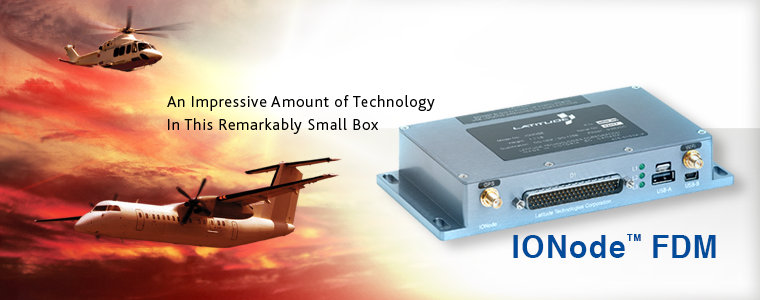FAA approves Sandel HeliTAWS helicopter terrain awareness & warning system for Part 27 and Part 29 AML-STCs
http://www.avionics-intelligence.com...-htaws.html
Sandel Avionics Inc., a provider of wire, terrain, and obstacles alerting technology for helicopters, has received its first HeliTAWS Approved Model List (AML) Supplemental Type Certificates (STC) for Part 27 and Part 29.

“Sandel is working aggressively to add additional airframes to each AML-STC,” says Varun Malik, director of Certification for Sandel. “It is a challenging and iterative process, but we were able satisfy all the stakeholders at FAA. The end goal of the AML STC is to have the product installed on many airframes using the data that was used for initial STC.”
An AML-STC is similar to multi-model approval, with appropriate reuse of compliance data across TC data sheets. It allows models to be added, progressively, by updating the AML listing, provided similarity and differences are substantiated. The goal of the AML-STC is to provide more standardized installation for approved models listed on the AML. It is not a means to relax compliance to any regulatory requirements.
Sandel’s ST3400H Part 27 AML-STC covers Eurocopter AS350, B, BA, B1, B2, B3, C, D, D1 airframe models. The ST3400H Part 29 AML-STC covers Bell 412, EP, CF airframe models. The proposed list of airframes selected for the next round of GAP analysis are Bell 212, 206, 206-A, 206A-1 (OH-58A), 206B, 206B-1, 206L, 206L-1, 206L-3, 206L-4, 407, Eurocopter EC13-B4, EC130T2.

“Sandel is working aggressively to add additional airframes to each AML-STC,” says Varun Malik, director of Certification for Sandel. “It is a challenging and iterative process, but we were able satisfy all the stakeholders at FAA. The end goal of the AML STC is to have the product installed on many airframes using the data that was used for initial STC.”
An AML-STC is similar to multi-model approval, with appropriate reuse of compliance data across TC data sheets. It allows models to be added, progressively, by updating the AML listing, provided similarity and differences are substantiated. The goal of the AML-STC is to provide more standardized installation for approved models listed on the AML. It is not a means to relax compliance to any regulatory requirements.
Sandel’s ST3400H Part 27 AML-STC covers Eurocopter AS350, B, BA, B1, B2, B3, C, D, D1 airframe models. The ST3400H Part 29 AML-STC covers Bell 412, EP, CF airframe models. The proposed list of airframes selected for the next round of GAP analysis are Bell 212, 206, 206-A, 206A-1 (OH-58A), 206B, 206B-1, 206L, 206L-1, 206L-3, 206L-4, 407, Eurocopter EC13-B4, EC130T2.









Comment